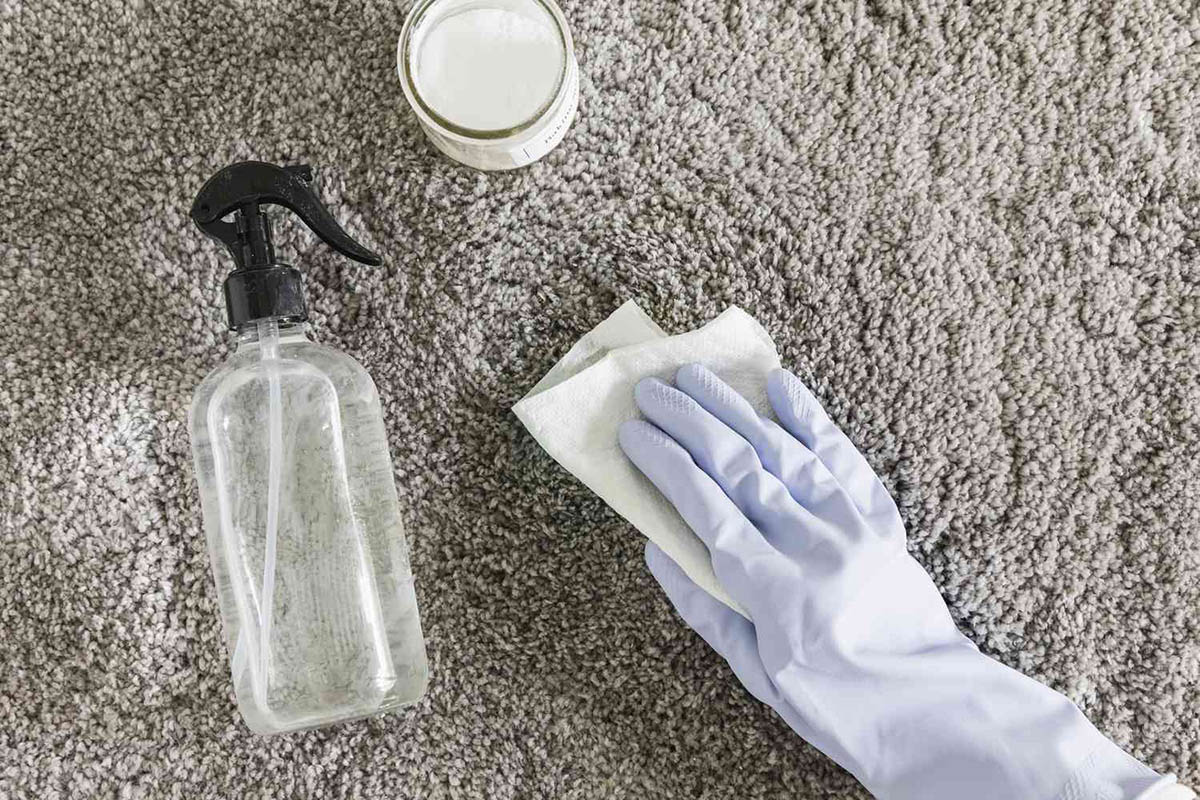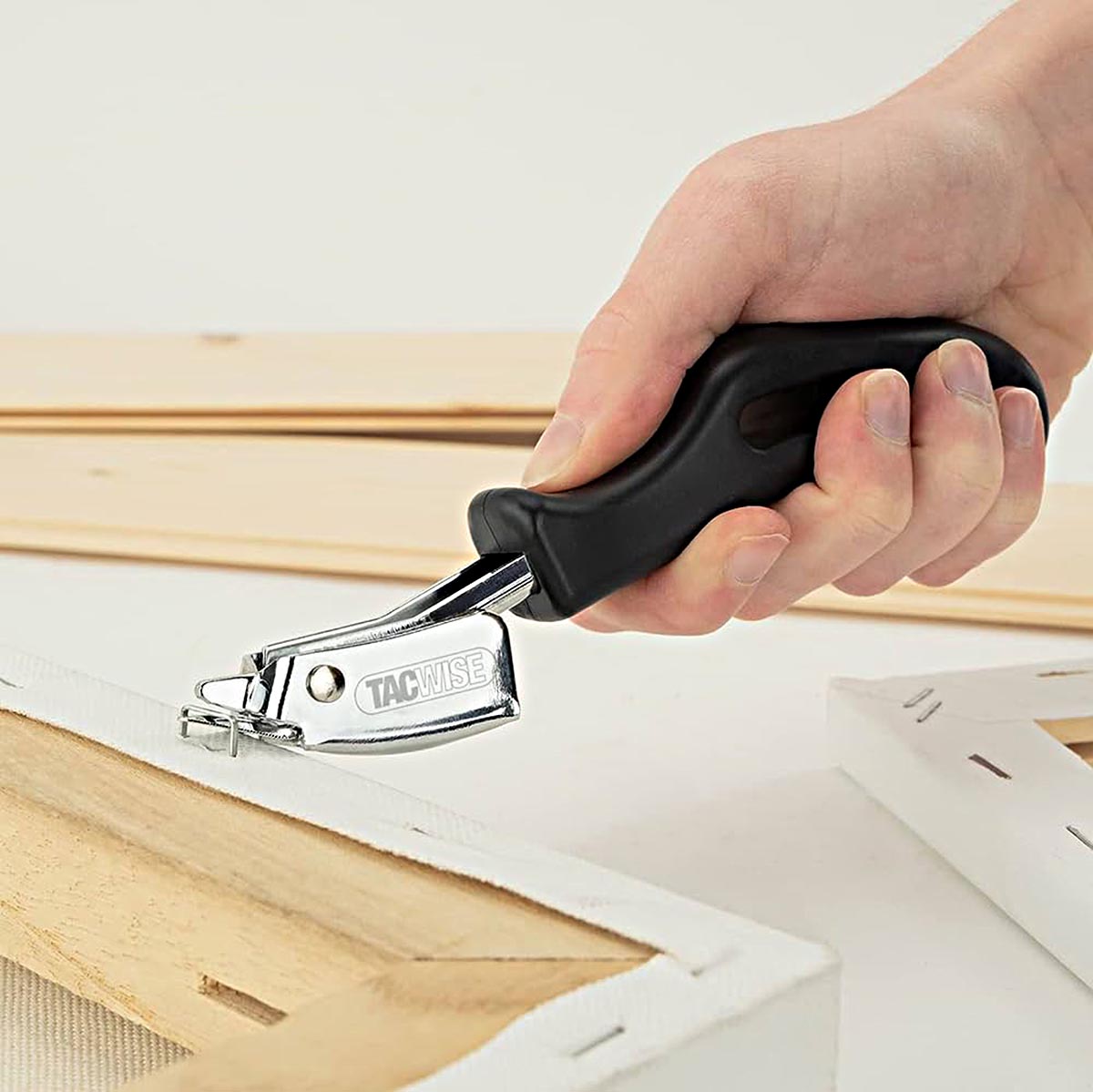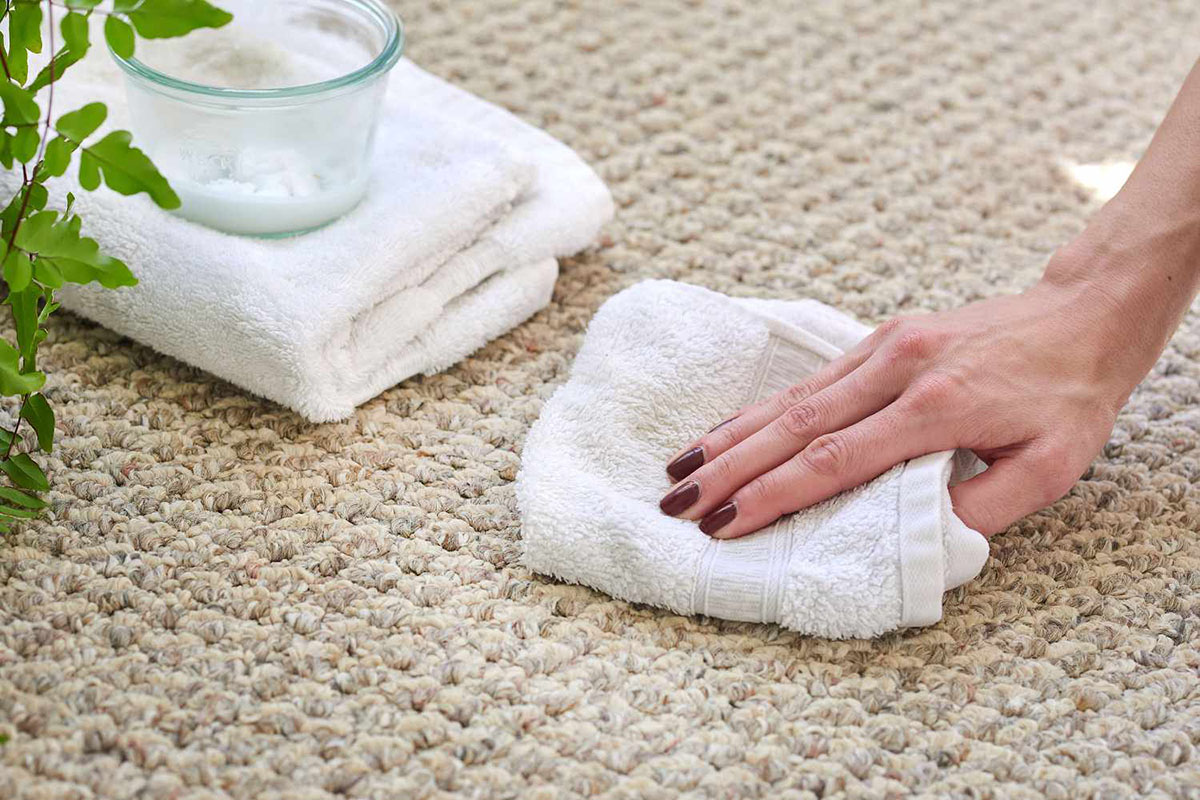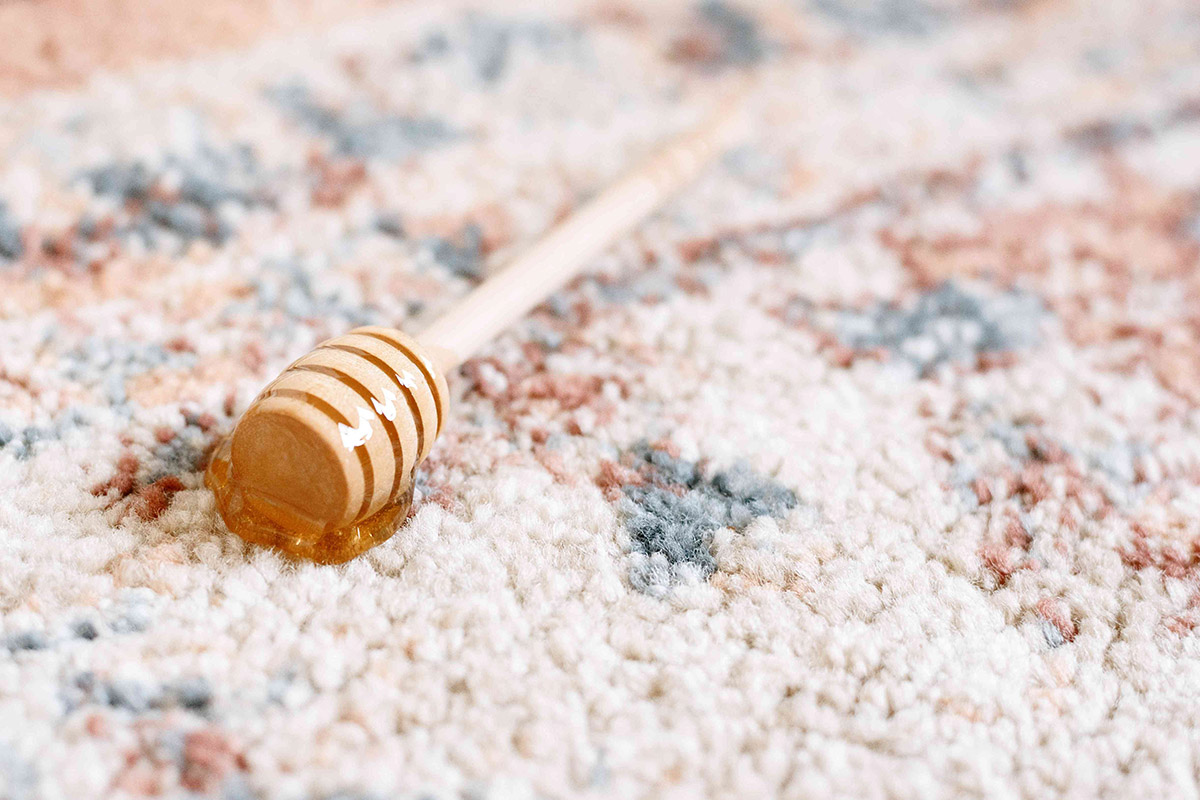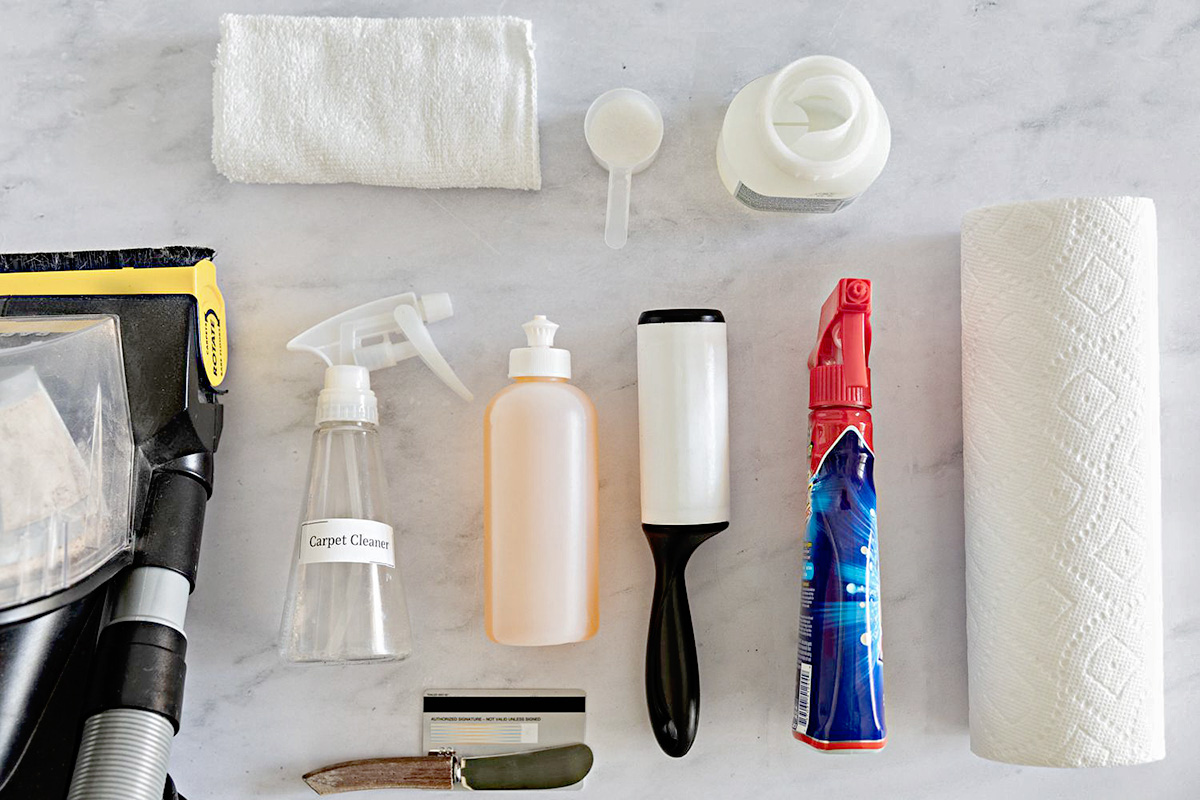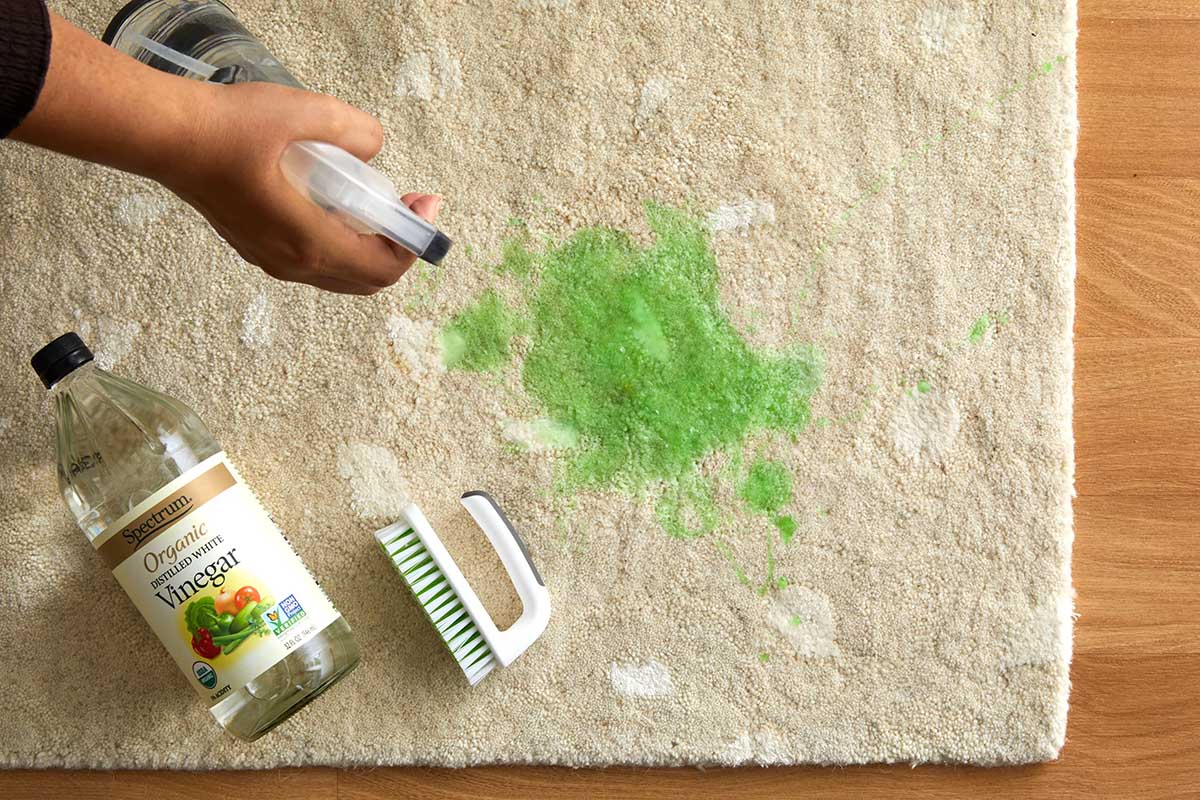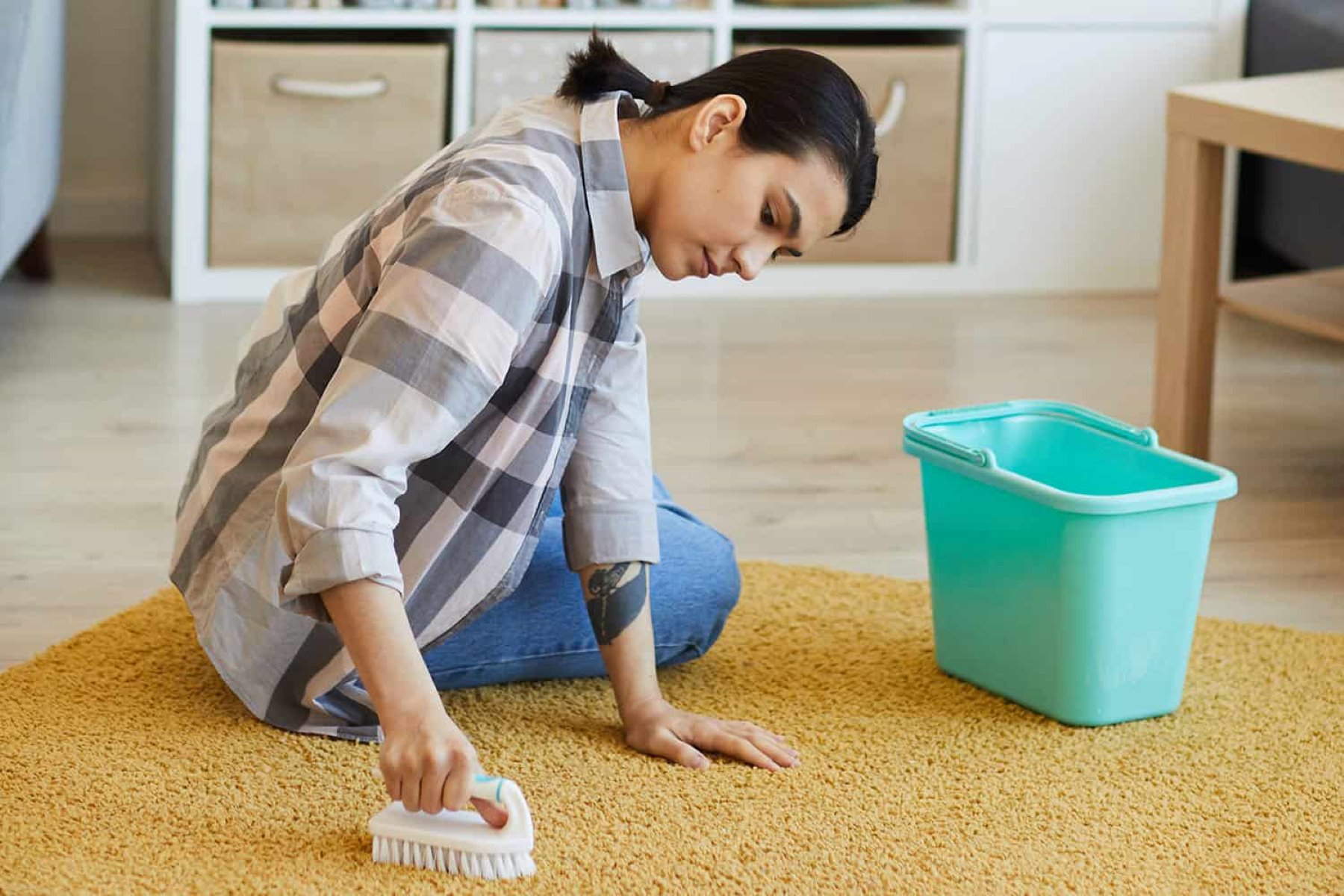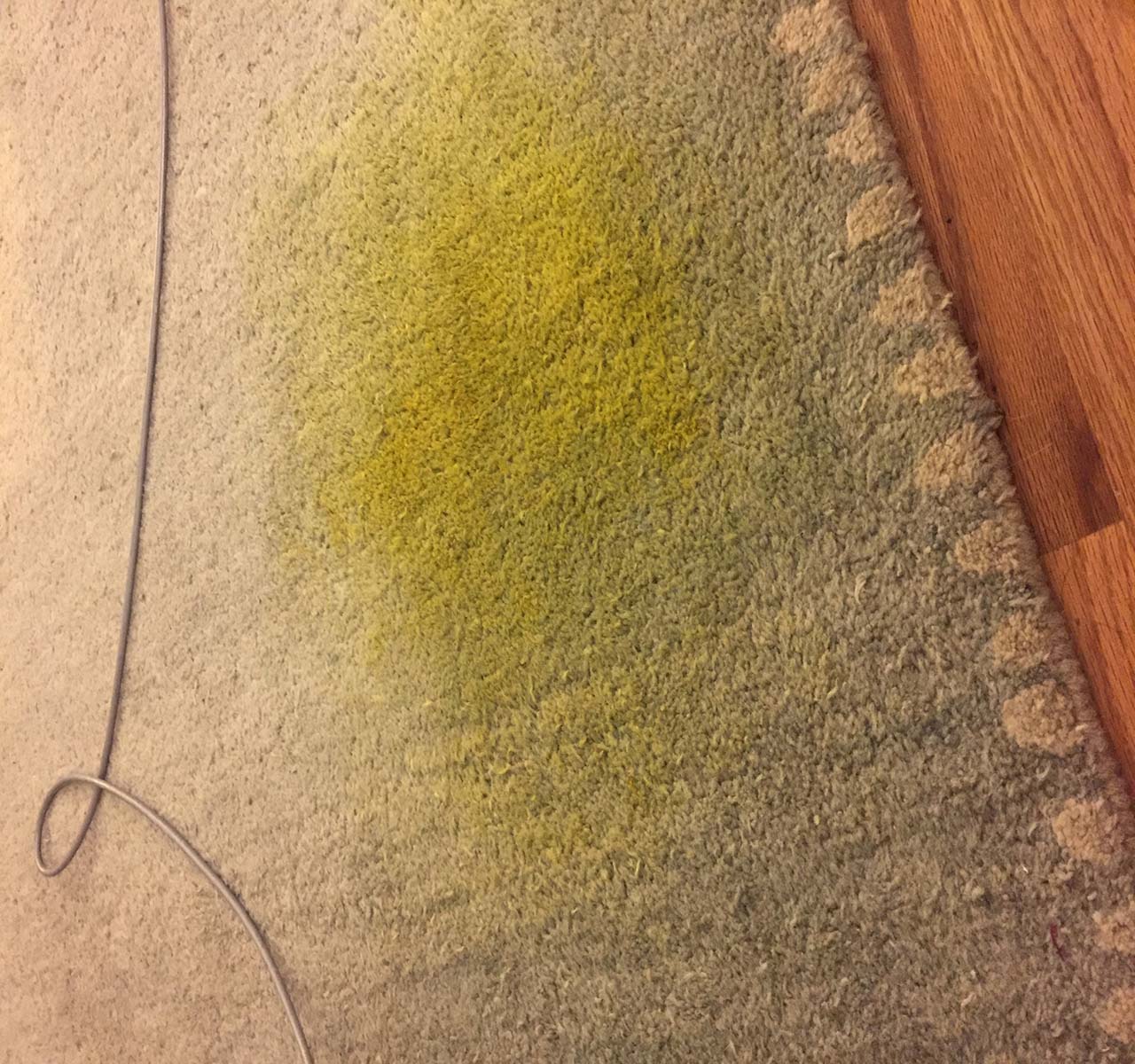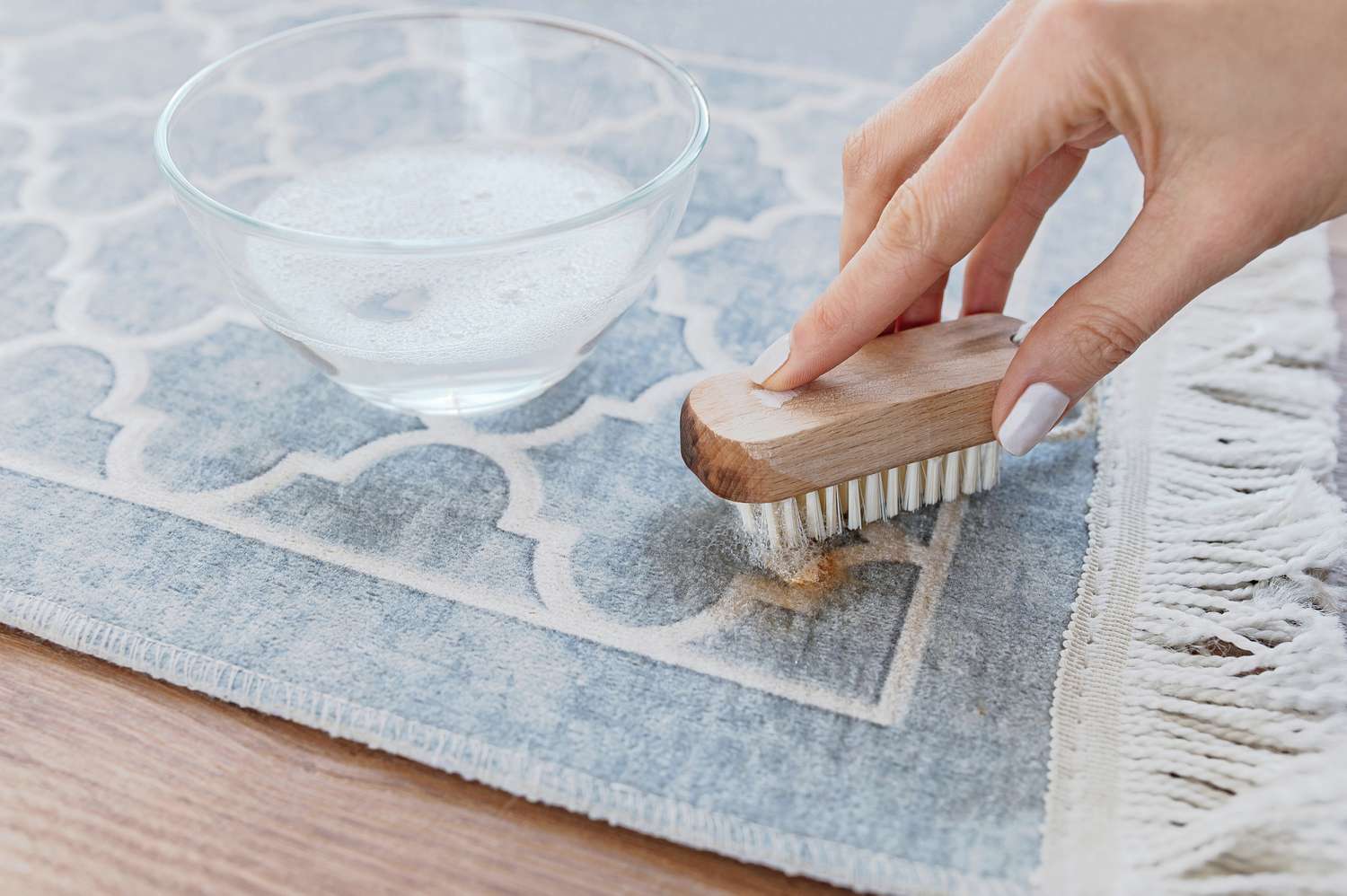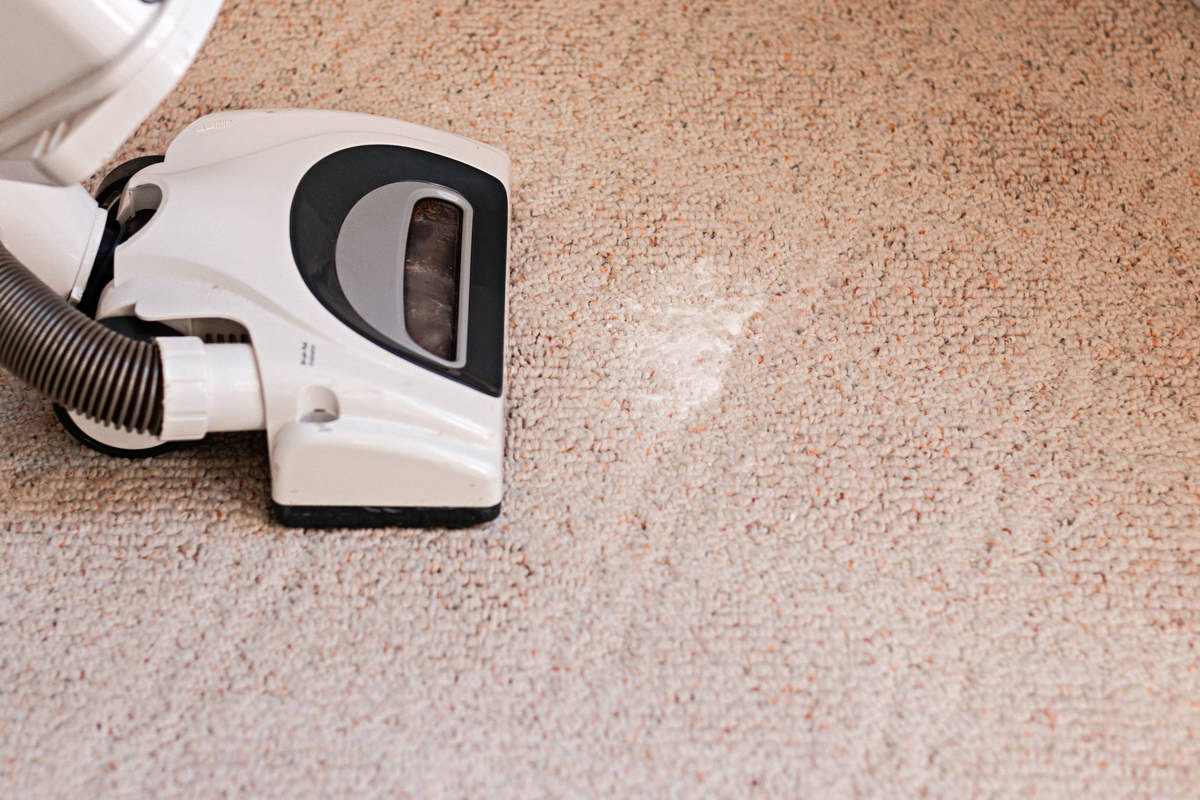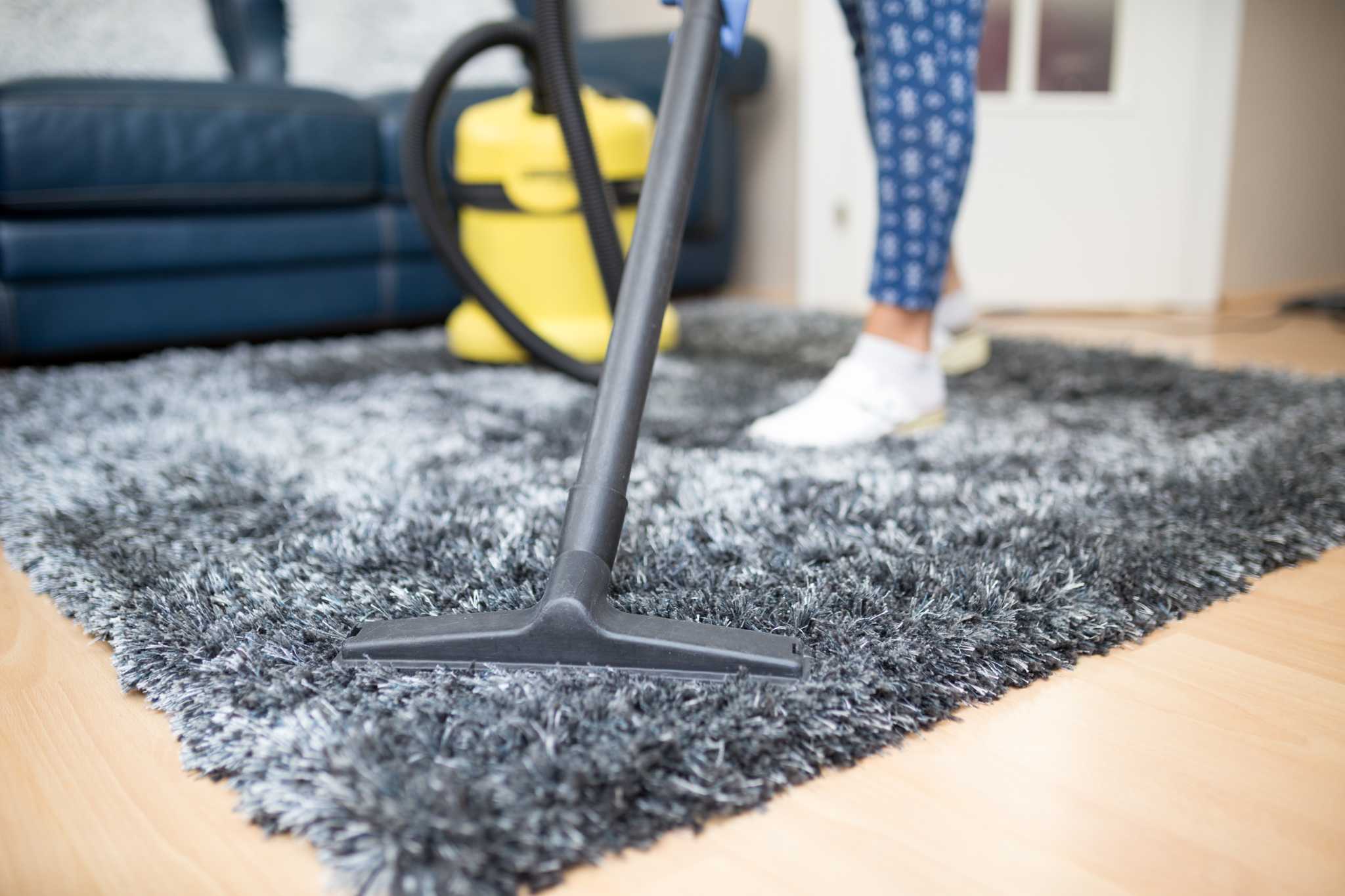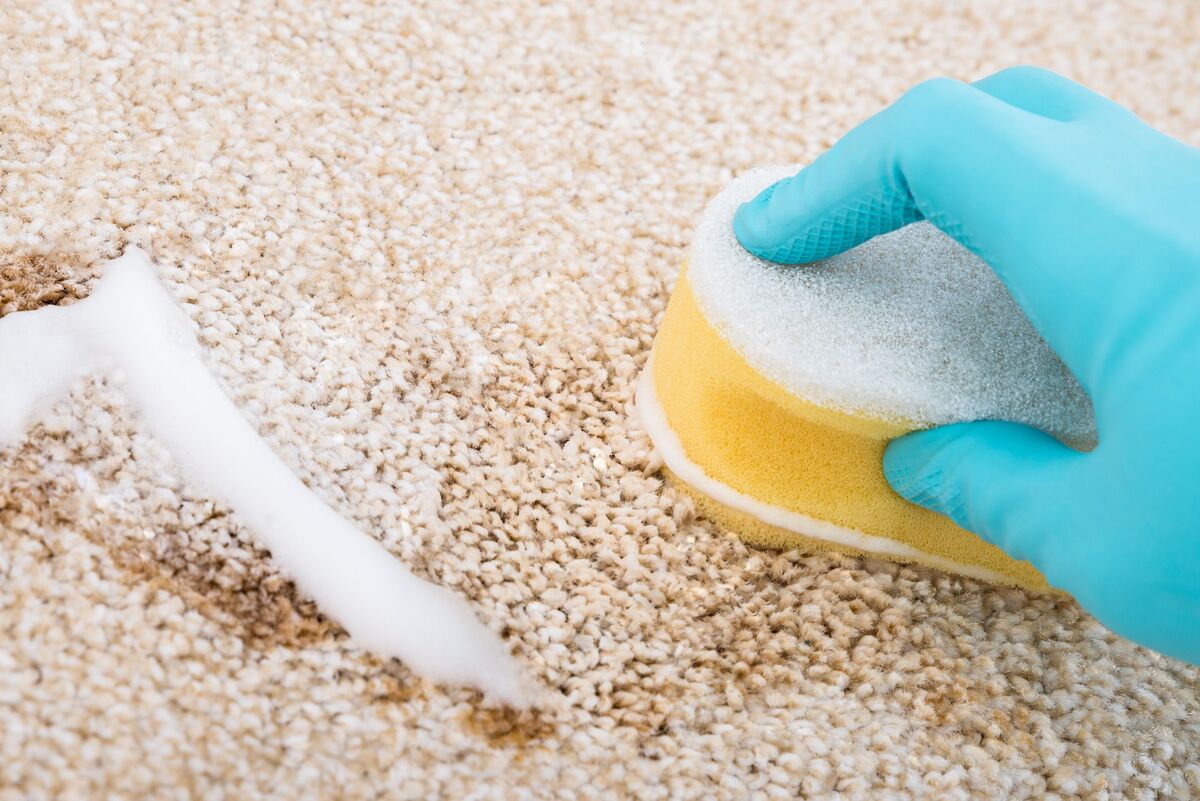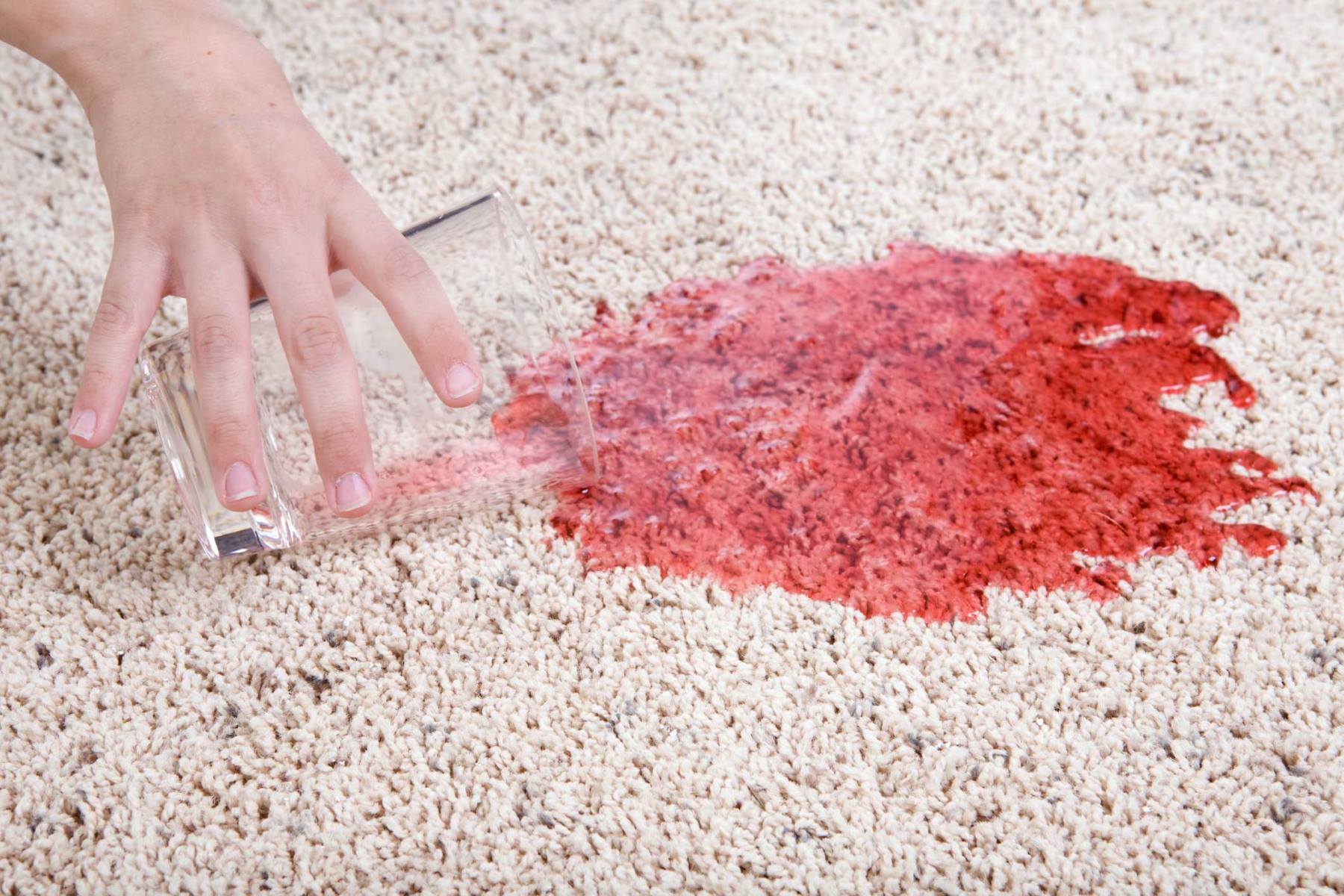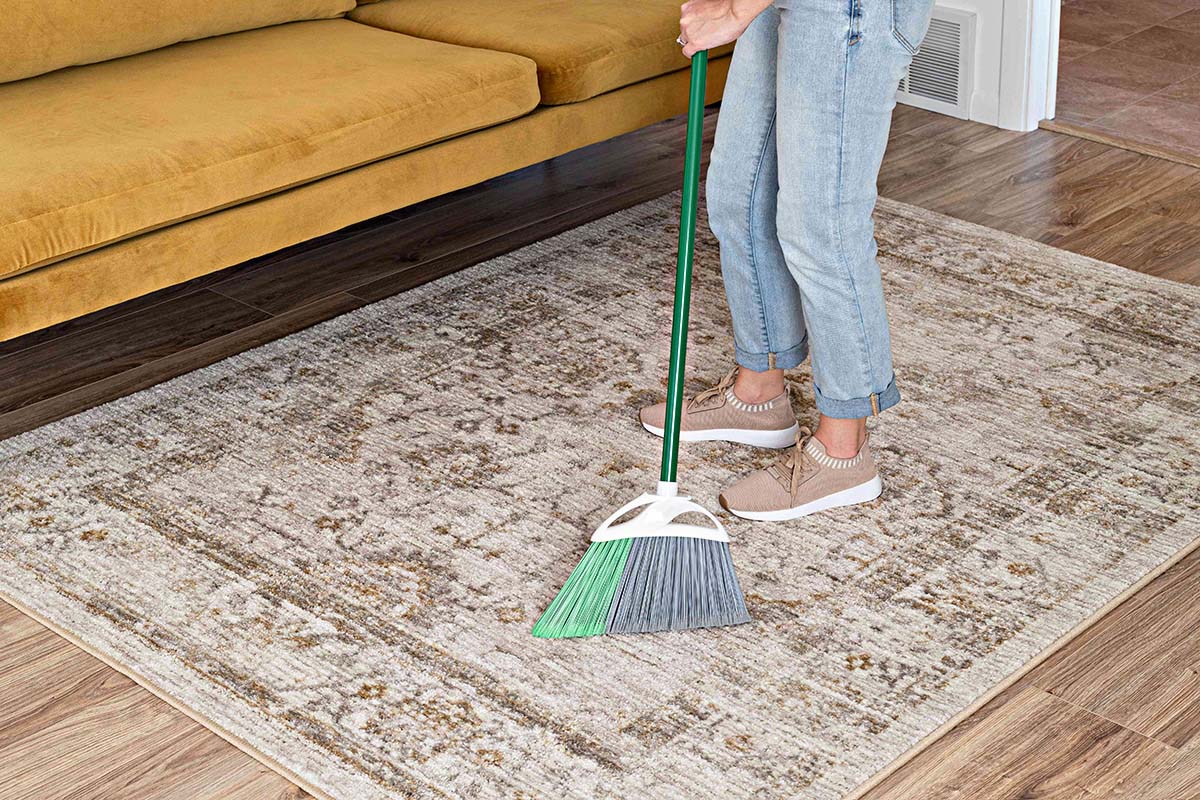

Articles
How To Get Weed Out Of Carpet
Modified: December 7, 2023
Looking for articles on how to get weed out of carpet? Check out our comprehensive guide for easy and effective methods to remove unwanted weed stains from your carpet.
(Many of the links in this article redirect to a specific reviewed product. Your purchase of these products through affiliate links helps to generate commission for Storables.com, at no extra cost. Learn more)
Introduction
Dealing with a weed stain on your carpet can be a frustrating and challenging task. Whether it’s a small accident or a larger spill, the key to successfully removing weed from your carpet lies in taking quick action and using the right techniques. In this article, we will guide you through a step-by-step process on how to effectively get weed out of your carpet.
Accidents happen, and when they do, it’s important to address the issue promptly. The longer you leave the weed stain untreated, the deeper it may penetrate into the carpet fibers, making it more difficult to remove. By following the steps outlined in this article, you can increase your chances of successfully eliminating the weed stain and restoring the appearance of your carpet.
Key Takeaways:
- Act quickly to remove weed stains from your carpet by blotting, using gentle techniques, and avoiding rubbing. Prompt action can prevent the stain from setting and make the cleaning process more effective.
- Gather the necessary supplies, including mild dish soap, white vinegar, and baking soda, to effectively remove weed stains from your carpet. Having the right tools on hand will make the cleaning process more efficient and successful.
Read more: How To Get Weeds Out Of Rock Landscaping
Step 1: Act Quickly
When you discover a weed stain on your carpet, it’s crucial to act quickly. The longer the stain sits, the more challenging it will be to remove. As soon as you notice the weed on your carpet, grab a clean cloth or paper towel and carefully blot the area to remove any excess weed and prevent it from spreading or seeping deeper into the carpet fibers.
Avoid rubbing or scrubbing the stain, as this can push the weed further into the carpet or cause the stain to spread. Instead, gently blot the area using a dabbing motion to absorb as much of the weed as possible. Remember to work from the outside of the stain towards the center to prevent it from spreading.
If the weed has already dried, you can use a blunt scraper or a plastic spoon to gently scrape off as much of the dry weed as you can before proceeding to the next steps.
By acting quickly and removing the excess weed, you can minimize the extent of the stain and make the cleaning process more manageable.
Step 2: Gather Supplies
Before you begin the process of removing weed from your carpet, it’s important to gather all the necessary supplies. Having the right tools and cleaning solutions on hand will make the process more efficient and effective.
Here’s a list of supplies you’ll need:
- A clean cloth or paper towels
- A blunt scraper or plastic spoon (if the weed has dried)
- Mild dish soap
- White vinegar
- Baking soda
- A spray bottle
- A clean sponge
- A vacuum cleaner with a brush attachment
- Warm water
- A clean bucket
By having all these supplies ready, you can seamlessly move through the cleaning process and ensure that you have everything you need to tackle the weed stain on your carpet.
Step 3: Remove Excess Weed
Now that you have gathered all your supplies, it’s time to remove any remaining pieces of weed from the carpet. This step is important because it helps prevent the weed from further embedding into the carpet fibers during the cleaning process.
Start by using a blunt scraper or a plastic spoon to gently scrape off any visible chunks or residue of the weed. Be careful not to apply too much pressure or scrape too forcefully, as this can damage the carpet fibers. Use gentle and controlled movements to lift off the weed without spreading it or pushing it deeper into the carpet.
If the weed has already dried and become hard, you may need to use a vacuum cleaner with a brush attachment to loosen and remove it. Carefully run the brush attachment over the area to help break up the dried weed and suction it away. Be thorough but gentle to avoid damaging the carpet fibers.
Once you have removed as much of the excess weed as possible, proceed to the next step to effectively treat the remaining stain on your carpet.
Step 4: Blot the Area
After removing the excess weed, it’s time to start treating the stain itself. Before applying any cleaning solutions, it’s important to prepare the carpet by blotting the affected area.
Take a clean cloth or paper towels and gently blot the area where the weed stain is located. Avoid rubbing or scrubbing, as this can spread the stain further or embed it deeper into the carpet fibers. Instead, use a dabbing motion to absorb as much of the moisture as possible.
Continue blotting until you no longer see any moisture being transferred from the carpet to the cloth. This step helps to remove any remaining residue or moisture from the surface of the carpet, allowing the cleaning solution to penetrate more effectively.
If the stain is particularly stubborn or has already set into the carpet, you may need to repeat this blotting process multiple times to loosen and lift as much of the stain as possible.
Once you have completed this step, you are ready to move on to the next step of the cleaning process.
Read more: How To Get Weeds Out Of Fake Grass
Step 5: Apply Dish Soap Solution
Now it’s time to create a cleaning solution using mild dish soap and water. Dish soap is effective in breaking down and removing stains from various surfaces, including carpets.
Start by filling a clean bucket with warm water, ensuring it’s not too hot. Add a few drops of mild dish soap to the water and mix it gently until it forms a soapy solution.
Using a clean sponge or a soft cloth, dip it into the dish soap solution and wring out any excess liquid. You want the sponge to be damp, not dripping wet.
Next, gently dab the sponge onto the stained area, working from the outside towards the center. Avoid rubbing or scrubbing vigorously, as this can damage the carpet fibers. Instead, use gentle, circular motions to apply the dish soap solution to the weed stain.
Continue applying the solution and working it into the carpet until the entire stain is covered. Let the dish soap solution sit on the stain for a few minutes to allow it to penetrate and break down the weed residue.
Remember, it’s important to use a mild dish soap to avoid leaving behind any residue or causing discoloration on your carpet. Also, make sure not to oversaturate the carpet with the solution, as excessive moisture can lead to mold or mildew growth.
After letting the dish soap solution sit for a few minutes, proceed to the next step to remove the residue and clean the carpet thoroughly.
Use a vacuum cleaner to remove as much weed as possible from the carpet. Then, mix dish soap with water and blot the area with a clean cloth. Rinse with water and blot dry. If the stain persists, use a carpet cleaner or call a professional.
Step 6: Blot Again
After applying the dish soap solution to the weed stain, it’s time to blot the area again to remove any loosened residue and excess moisture.
Take a clean cloth or paper towels and gently blot the treated area. Use a dabbing motion to absorb the moisture and residue from the carpet. Avoid rubbing or pressing too hard, as this can push the residue further into the carpet fibers or spread it to surrounding areas.
If you notice that the cloth or paper towels are becoming saturated, switch to a clean, dry cloth or paper towels to continue the blotting process. This will help ensure effective absorption of the moisture and residue.
Continue blotting until you no longer see any residue being transferred from the carpet to the cloth or paper towels. This step is crucial for removing as much of the loosened weed residue as possible.
By blotting the area again, you are not only removing excess moisture and residue, but also helping the carpet to dry more quickly. This will prevent the growth of mold or mildew and ensure that your carpet remains clean and fresh.
Once you have completed this step, proceed to the next step to further clean and rinse the carpet.
Step 7: Rinse with Water
After blotting the treated area, it’s important to rinse the carpet to remove any remaining residue and cleaning solution. Rinsing helps to ensure that no soap or residue is left behind, leaving your carpet clean and free from any potential damage.
Fill a spray bottle with clean water and spray the area where the weed stain was treated. Spritz the water lightly, making sure not to oversaturate the carpet.
Using a clean cloth or sponge, gently blot the area again to help remove any residual cleaning solution or residue. The water will help to dilute and rinse away any remaining traces of the dish soap solution.
Continue blotting until you no longer see any discoloration or soap residue on the cloth or sponge. This step is crucial for ensuring that your carpet is thoroughly rinsed.
Be careful not to use excessive water during this process, as it may cause the carpet to become excessively wet. Excess moisture can lead to mold or mildew growth and damage the carpet fibers.
Once you have thoroughly rinsed the area, proceed to the next step to dry your carpet effectively.
Step 8: Dry the Carpet
After rinsing the carpet, it’s important to ensure that it dries completely to prevent any moisture-related issues, such as mold or mildew growth. Properly drying the carpet will also help restore its texture and appearance.
Here are some methods you can use to dry your carpet:
- Air circulation: Open windows and doors to allow fresh air to circulate in the room. This will help speed up the drying process by promoting evaporation.
- Ceiling fans or portable fans: Position fans strategically around the room to create airflow and aid in drying the carpet. Direct the fans towards the damp areas of the carpet to expedite the drying process.
- Dehumidifier: If your room has high humidity levels, using a dehumidifier can help remove excess moisture from the air and speed up the drying process.
- Absorbent materials: Place clean, dry towels or absorbent cloths on top of the damp area of the carpet. Press down gently to absorb the moisture. Replace the towels or cloths as they become saturated.
It’s important to allow sufficient time for the carpet to dry completely. The drying time will depend on factors such as room temperature, humidity levels, and the thickness of the carpet.
Once the carpet is completely dry, check for any remaining stains. If necessary, you can repeat the cleaning process or use a carpet stain remover to treat any stubborn stains.
On a final note, it’s crucial to avoid walking on the carpet until it is completely dry to prevent any re-soiling or damage to the freshly cleaned area.
Read more: How To Get Weeds Out Of Zoysia Grass
Step 9: Vacuum the Carpet
After the carpet has dried completely, it’s time to give it a thorough vacuuming. Vacuuming helps to remove any remaining debris, loose dirt, and fluff up the carpet fibers, leaving your carpet looking fresh and clean.
Here’s how to effectively vacuum your carpet:
- Start by selecting the appropriate attachment for your vacuum cleaner. A brush attachment or a beater bar is ideal for carpets, as they help to agitate the fibers and dislodge any remaining dirt.
- Ensure that the vacuum cleaner is set to the correct height for your carpet. Adjust the height setting to a level that allows the brush or beater bar to make contact with the carpet without causing excessive resistance.
- Begin vacuuming the treated area in overlapping, slow and steady strokes. Move the vacuum cleaner back and forth, covering the entire area to ensure thorough cleaning.
- Pay special attention to high-traffic areas and any spots where the weed stain was located. Use additional passes or a slower pace to ensure you capture all loose dirt and debris.
- If you have any remaining odor from the weed stain, consider sprinkling baking soda over the carpet and allowing it to sit for approximately 15 minutes before vacuuming. Baking soda helps to absorb odors and leaves a fresh scent.
Make sure to vacuum the entire room, not just the treated area, to maintain a clean and uniform appearance throughout your carpet. Remember to also clean the vacuum cleaner regularly to maintain its efficiency.
By vacuuming your carpet, you not only remove any remaining debris but also fluff up the fibers, helping them regain their volume and plushness.
With the completion of this final step, your carpet should now be clean, free from weed stains, and ready to be enjoyed once again.
Conclusion
Removing weed stains from your carpet may initially seem like a daunting task, but by following the steps outlined in this article, you can effectively eliminate the stain and restore the appearance of your carpet. Acting quickly, gathering the necessary supplies, and using the right techniques are key to successfully getting weed out of your carpet.
Remember, the key steps in the process include acting quickly to remove any excess weed, blotting the area to absorb moisture, applying a dish soap solution to break down the stain, rinsing with water to remove residue, drying the carpet thoroughly to prevent mold growth, and finally, vacuuming to remove debris and fluff up the fibers.
It’s important to address weed stains promptly and avoid rubbing or scrubbing, as this can cause the stain to spread further or become embedded in the carpet fibers. By using gentle techniques, the right cleaning solutions, and allowing sufficient drying time, you can effectively eliminate the weed stain and restore the look of your carpet.
While these methods can be effective for minor weed stains, larger or more stubborn stains may require professional cleaning services. If you find that the stain persists or if you’re unsure about tackling it yourself, it’s always a good idea to consult with a professional carpet cleaner.
Regular maintenance and prompt attention to spills or stains can help prolong the life and appearance of your carpet. By maintaining a clean and well-cared for carpet, you can enjoy a fresh and inviting home environment.
With the knowledge gained from this article, you are now ready to take on the challenge of removing weed stains from your carpet with confidence and success.
Frequently Asked Questions about How To Get Weed Out Of Carpet
Was this page helpful?
At Storables.com, we guarantee accurate and reliable information. Our content, validated by Expert Board Contributors, is crafted following stringent Editorial Policies. We're committed to providing you with well-researched, expert-backed insights for all your informational needs.
